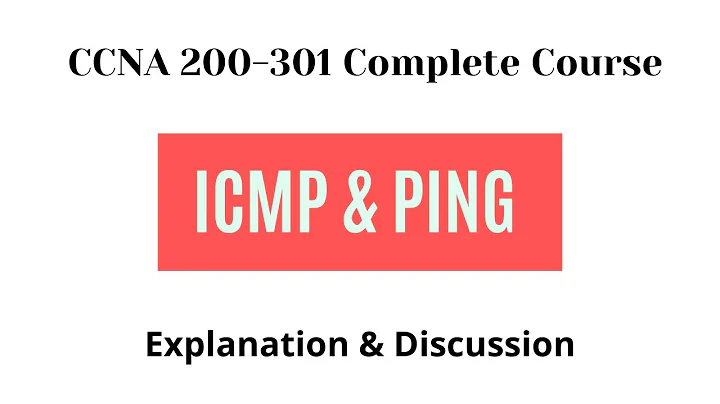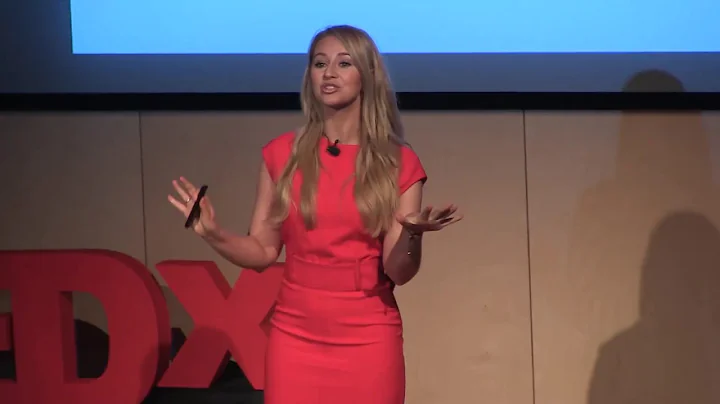, this is the Network Technology Alliance site.
brought you the article ICMP a few days ago:
- What is ICMP? What is the relationship between ping and ICMP?
is widely loved by everyone on multiple platforms. Some friends also want to read the article of IGMP. At first glance, there is only one letter difference between these two technologies, but they are completely different technologies. So today Rui Ge will arrange it !
Let’s get started!
What is IGMP?
- Full English name: Internet Group Management Protocol
- Chinese name: Internet Group Management Protocol
- Layer 3 protocol
- IP Protocol number:

- IPv4 There are 3 key components of multicast
- IGMP Versions: IGMPv1, IGMPv2 and IGMPv3
IGMP allows hosts to broadcast their multicast membership Advertised to neighboring switches and routers, a host identifies group membership by sending IGMP messages to its local multicast router. Under IGMP, routers listen for IGMP messages and periodically send queries to discover which groups are active on a specific subnet. of or inactive.

IGMP basic architecture
traffic type
There are generally three types of traffic:

Unicast diagram
unicast
Unicast English name is Unicast, which is point-to-point transmission. Unicast requires a sender and a receiver to send data packets using a session-based protocol. , such as TCP and UDP. Examples of common transmission modes for
- TCP are http, telnet, and smtp. Examples of common transmission modes for
- UDP are VoIP, video conferencing , streaming , real-time service .

broadcast
broadcast is called Broadcast. A single device sends communications to all other devices on the network.
A common example of broadcast traffic on a LAN includes ARP messages that query all computers on the LAN.
broadcast traffic is not routable traffic.

broadcast diagram
multicast
multicast English name is Multicast, also called multicast . It supports a single data transmission copy from one node to multiple receivers. The sending device will forward the UDP packet to the multicast IP address and port so that all destinations that want to receive the stream can receive the transmission, saving bandwidth and network overhead.
multicast traffic is routable traffic, but requires IGMP and PIM to control flooding across the network, saturating uplinks and potentially bringing down the network.

Multicast diagram
Multicast version
In the introduction to multicast, we introduced that there are 3 versions of multicast:

Let’s take a closer look.
IGMPv1
IGMPv1 is the first developed and released version of the communication protocol used in TCP networks. For this version, the group address .0.0.0 is defined, and  24.0.0.1 is defined as the target address for general queries.
24.0.0.1 is defined as the target address for general queries.
The standard time for these routers to generate a request is 0 seconds and allow the computer to join the corresponding multicast group.
then sends a membership request to the corresponding multicast address.
IGMPv1 does not allow a computer to leave the group on its own by exceeding a time limit, thereby removing the computer from the group it accesses.
The total length of the IGMP header is 64 bits, and the first 8 bits indicate the protocol version and message type.
lGMPv1 message header is as follows:

IGMPv2
IGMPv2 was defined in RFC 2236 in 1997 after the first version was released. In lGMPv2, the group (0.0.0.0) and destination (224.0.0.1) addresses have not changed, but the interval has increased. 25 seconds. The main innovation of the second version of
is to speed up the process by replacing the logout time limit used by the device to initiate the logout process in the first version.
Another innovation is that the reception status of a specific multicast address is determined by a group-specific message.
In this version, the address  24.0.0.2 is defined as the destination address, IGMPv2 uses simple IP packets to send the message, IP protocol number is 2.
24.0.0.2 is defined as the destination address, IGMPv2 uses simple IP packets to send the message, IP protocol number is 2.
In the IGMPv2 version, the router with the lowest IP address in the subnet is used for multicast queries . The
lGMPv2 header is as follows:

IGMPv3
IGMPv3 version is defined in RFC 3376 and RFC 4604 in 2002. In this version, .0.0.0 and  24.0.0.1 addresses are considered to be a group and destination address, and the interval is the same as version 2 . A new feature of
24.0.0.1 addresses are considered to be a group and destination address, and the interval is the same as version 2 . A new feature of
is the ability to specifically select multicast streams , which greatly reduces the demand on the network and also provides higher security since unknown or random sources are not used during transmission.
The first two 32-bit sequences are the same as the lGMPv2 header type, maximum response time, checksum, and group address. The
IGMPv3 header is as follows:

How does IGMP work?
We already know that multicast is the sender sending a message to a group of hosts. The multicast router is responsible for copying and forwarding the message to each host in the multicast group. Each host in the multicast group will receive the message, unless it is receiving A filter is applied on the host.
The core part of the work of IGMP protocol is to manage the membership of hosts in multicast groups. When managing the membership of hosts or routers in multicast groups, the protocol must handle the following process:

ICMP messages
Let’s not look at the IGMP version for the time being. Generally speaking, from a broad perspective, there are six types of IGMP messages:

Membership Report Membership Report message
The client sends this message when it wants to receive a multicast group. The member report is essentially a message indicating interest in listening to a specific Group.
Leave Leave message
This message is sent by the client when it wants to leave the group.
General Query General Query Message
The querier sends a general query message to all clients, regardless of whether the querier is currently sending a multicast to the client, to find out the group they are listening on. The response to the general query ensures that the querier's Group membership information is kept up to date.
General queries have the group address field set to .0.0.0 and they are sent to the destination address 224.0.0.1, which is sent every 25 seconds by default on Allied Telesis routers and switches.
Specific Query Specific query message
The queryer sends a specific query message to the group address to check whether the client is still listening to the group. After the client sends a leave message for the group, the queryer sends a specific query. The specific query makes the query The querier is able to confirm when all downstream clients have left the group so that the querier can stop sending multicast streams.
Membership Query Member Query Message
This is a general term for specific queries and general queries.
IGMP advantages and disadvantages
advantages
- IGMP promotes effective use of bandwidth
- is more flexible, you can leave a group immediately and join another group
- does not have a large number of garbage packets, and the performance is improved
disadvantages
- lacks TCP, and network congestion may occur
- security Not very robust and vulnerable to attacks
IGMP snooping
IGMP operates at layer 3, so the switch cannot understand IGMP messages. In addition, it is impossible for the switch to add the multicast MAC address to the forwarding table. This is because the multicast MAC address is never source address, which causes multicast traffic to be flooded to all hosts within the broadcast domain.
IGMP snooping is a feature enabled on layer 2 switches that inspects IGMP transmissions between hosts and routers. Through this inspection, a map is established of which hosts in a specific VLAN need to receive multicast The switch then uses this information to forward multicast traffic for a given multicast group only to receivers within a given VLAN.
The difference between ICMP and IGMP
As mentioned at the beginning of the article, the two protocols only differ by one letter, but the difference in the protocols themselves is very huge. Let’s take a look:
1, definition
- ICMP stands for Internet Control Message Protocol
- IGMP stands for Internet Group Message Protocol
2, Typical function
- ICMP: ping
- IGMP: Multicast
3, Working protocol layer
- ICMP: Layer 3 protocol
- IGMP: Layer 3 protocol
4, Purpose
- ICMP: Used to test the reachability of the host or network
- IG MP: used for DTS services, etc. Packet data transmission
Summary
IGMP stands for Internet Multicast Management Protocol and is a communication protocol used by hosts and neighboring routers on IPv4 networks to establish multicast group membership when a multicast host wishes to join a specific multicast group and start receiving group traffic. At that time, IGMP messages were mainly used to send signals to its local multicast router. IGMP has three versions: version 1, version 2, and version 3, of which version 2 is the default version.
This article mainly introduces:
- What is IGMP?
- Traffic Type Unicast Broadcast Multicast
- Multicast Version IGMPv1IGMPv2IGMPv3
- How does IGMP work?
- ICMP message Membership Report Member report message Leave Leave message General Query General query message Specific Query Specific query message Membership Query Member query message
- IGMP advantages and disadvantages advantages and disadvantages
- IGMP Listening
- The difference between ICMP and IGMP
- Summary
Thank you for reading, if you have any questions , please discuss with me in the comment area!





















